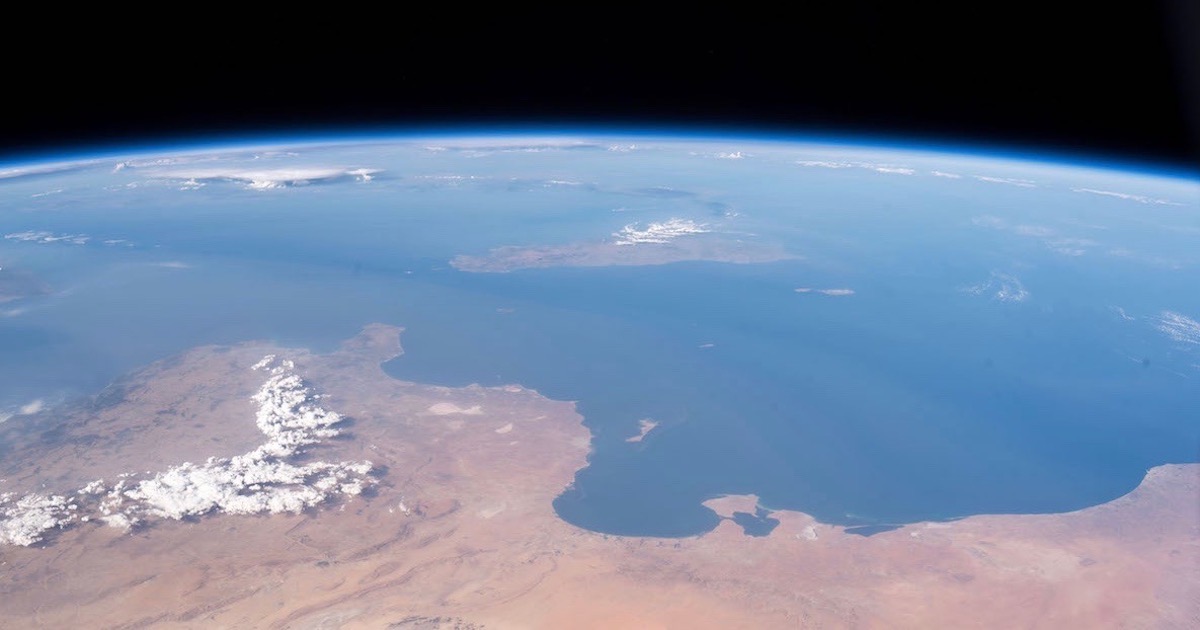 Physics, Earth & Space
Physics, Earth & Space
Rare Earth at Twenty — And My Connection


This past January marked the 20th anniversary of the publication of the best-selling and influential book Rare Earth: Why Complex Life Is Uncommon in the Universe, by Peter D. Ward and Donald E. Brownlee. As the subtitle suggests, the authors argue that planets like Earth that have complex life are rare, while simple life may be common.
Some Background
Brownlee and Ward were, and still are, professors at the University of Washington in Seattle. Brownlee is an astronomer. He specializes in meteorites and interplanetary dust particles. Ward is a paleontologist in the biology department. He specializes in major mass extinction events. He’s also a prolific author, having written 16 books.
Mostly positive reviews appeared in leading newspapers and science magazines, including Science, American Scientist, and Physics Today. Even scientists who probably don’t agree with the overall thesis of the book either endorsed or praised it, including Christopher McKay, Geoff Marcy, and James Kasting.
Steven J. Dick is an astronomer and historian who served as Chief Historian for NASA for several years. He is the author of two important books on the history of the extraterrestrial life debate. He expressed his thoughts on the book to me at an astrobiology conference I attended shortly after the book was published. He thought that it was the most important work on the topic of extraterrestrial life in modern times.
My Connection with Rare Earth
I received my PhD in astronomy at the University of Washington in 1993. I took a graduate course on Solar System astrophysics from Brownlee around 1989. I went on to do a three-year post-doc at the University of Texas at Austin until 1996. Then, I returned to the UW astronomy department for a another research position that lasted until 2001. I had many conversations with Brownlee during that time, and I met Ward for the first time, probably in 1998. The three of us discovered that we shared skepticism of extraterrestrial intelligence (ETI).
There was another interesting dynamic in the department. Woodruff Sullivan, now professor emeritus, is a long-time SETI advocate. I had taken a course on radio astronomy from him as a graduate student, and I was a TA for his intro astronomy courses. He knew of our skepticism, but we got along very well.
It was during my second tenure at the UW that Brownlee, Ward, and I came up with the Galactic Habitable Zone (GHZ) concept. It extends the idea of restricted zones of habitability from the domain of the Solar System to that of the Milky Way Galaxy. The idea appeared in print first in Rare Earth. We continued working on the GHZ after the book was released and published a popular article in Scientific American and a technical paper in the journal Icarus, both in 2001.
Since then, I have learned that at least a couple other astronomers were thinking along similar lines. Charles Lineweaver published a paper in Icarus one month before us describing habitability on the cosmic scale arising for the dependence of planet formation on metallicity. This was one of the two pillars of the GHZ concept. Three years later, Lineweaver published in Science the results of a detailed set of calculations of the GHZ. About that time Mario Livio told me at an astrobiology conference at the Space Telescope Science Institute that he had thought of writing a similar paper before he saw ours in print. To date, our GHZ paper has been cited 130 times, and the GHZ continues to be an active topic of research. Rare Earth itself has been cited 101 times in the scientific literature according to Google Scholar. It is not that common in this field for books to be cited in journal papers.
Rare Earth and Intelligent Design
Ward rebuked Brownlee for agreeing to be interviewed by Hugh Ross on his radio show just after the publication of Rare Earth. Later, Brownlee also appeared on The Privileged Planet DVD. As anyone who’s watched the DVD knows, however, Brownlee was not expressing agreement with ID. I found Brownlee to be much more tolerant of people with different views and opinions than Ward. Let’s just say Ward was not thrilled when he learned of my affiliation with Discovery Institute.
In principle, the conjoining of the many Rare Earth factors could overwhelm the available probabilistic resources and serve as evidence for Earth’s design. However, it’s still too soon to know the probabilities of all the important Rare Earth factors well enough to conclude this. It could turn out to be the case, but we won’t know them for another ten years or so. Still, the basic thesis of Rare Earth was defensible at the time, and I believe it still is.
At the time Rare Earth was published, Jay Richards and I were already working on early drafts of chapters for The Privileged Planet. Having Rare Earth published several years prior to The Privileged Planet was helpful, as it served as background for our book.
Photo credit: Coast of North Africa, by NASA via International Space Station.
